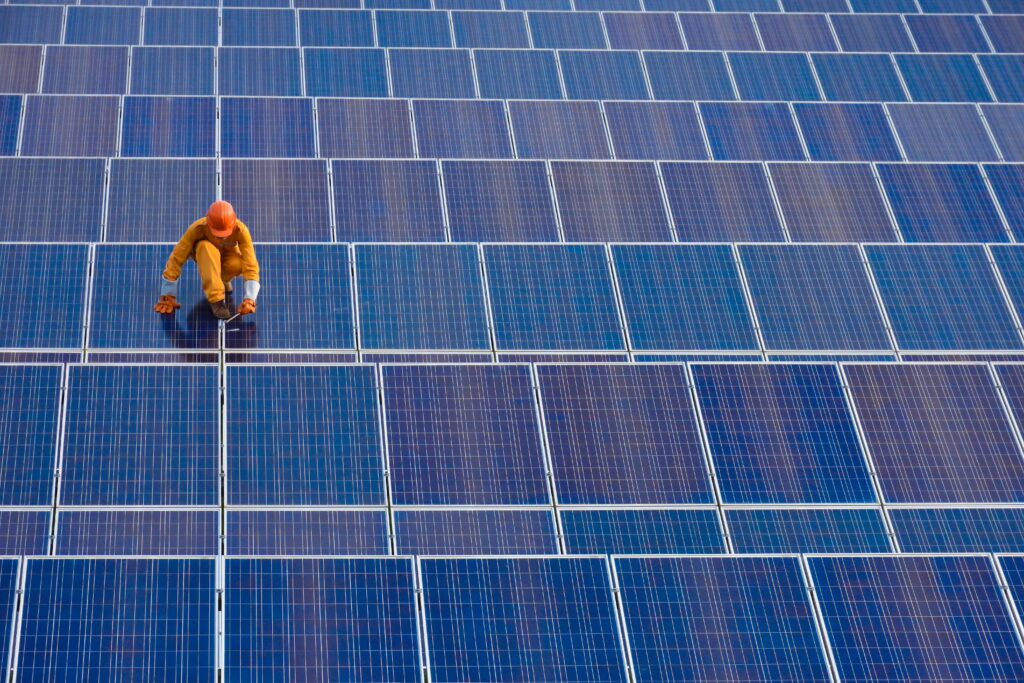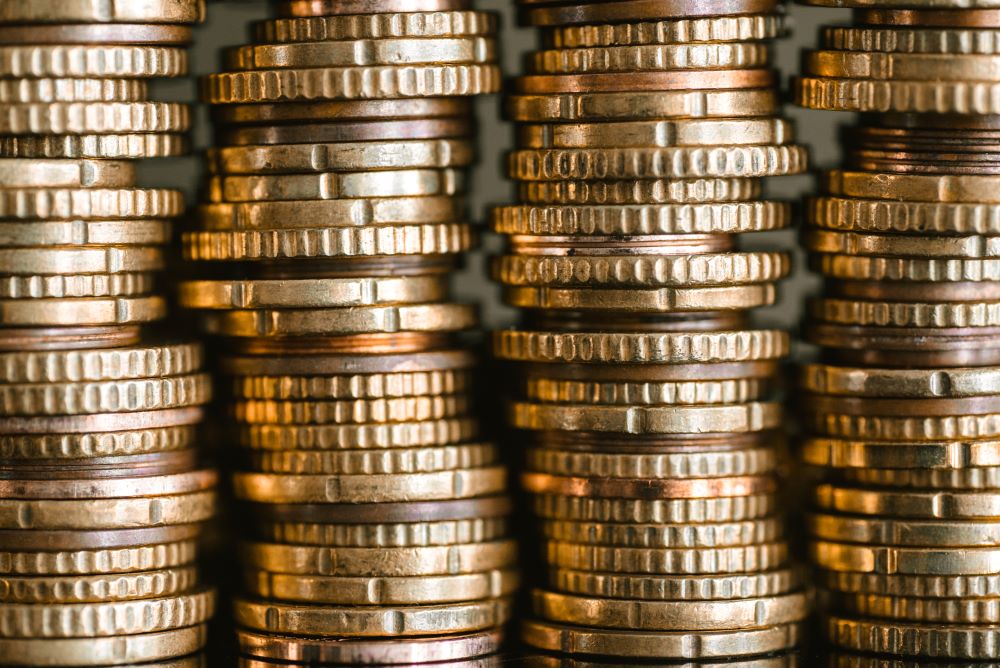Ardian renewables investments demonstrate geographic and technological diversity
With the recent purchase of a 73.4 MW Peruvian hydroelectric portfolio and the dissolution of a Latin American joint venture agreement with a renewables developer, global private investor Ardian is balancing its holdings to ensure geographic and technological diversity. Infralogic Americas Managing Editor Jonathan Carmody spoke with senior Ardian executives to learn more about the firm’s clean energy investment strategy.
In December 2023, infrastructure asset manager Ardian completed the purchase of a 73.4 MW Peruvian hydroelectric portfolio, adding a new technology to its existing portfolio of power and renewables assets in the Americas. That deal is a great example of how the global private investor balances its holdings to ensure geographic and technological diversity, Ardian executives told Infralogic.
“The general strategy in Latin America is the same as elsewhere, and Ardian’s investments aim to complement our portfolios in Europe and North America,” Managing Director Emilio Andrade, based in Ardian’s Santiago, Chile office, explained. “Latin America can offer some opportunities to acquire assets that are difficult to find in Europe and other more developed markets and Ardian is opportunistic when finding deals. The contracted hydroelectric plants are a good complement to the solar projects that Ardian already owned.”
Ardian completed the acquisition of the six-asset hydroelectric portfolio from Latin America Power (LAP) in December 2023. Following the announcement on 2 January that Ardian had dissolved a joint venture with developer Solarpack, the company now owns three solar plants in northern Chile, totaling 26.5 MW, and Tacna, a 22.2 MW solar PV plant in southern Peru.
“Ardian takes a more industrial approach to renewables investing and owning 100% makes more sense for the firm,” Andrade said. “We put an increased focus on asset management and value creation. We use team experience and resources, including our vast network of operating partners, to improve the operating performance of the assets (e.g. decarbonization, build-ups, wind-solar/storage hybridizations, optimizing contracts, etc.), the opposite to a passive investor approach.”
Managing multiple fund strategies
Ardian in November 2023 completed the asset manager’s first investment in Mexico, and its first in the Latin American digital infrastructure sector, acquiring a 50% stake in Mexico Infrastructure Partners (MIP)-backed MXT Holdings.
Beyond geographical and technological diversity, the firm also has to balance its investments across its fund vehicles and the firm’s distinct funds invest in discreet jurisdictions, Co-Head of Infrastructure Americas, Mark Voccola, said.
“The Ardian Infrastructure Funds mainly invest in western Europe; the Ardian Americas Funds invest in only OECD countries in the Americas with some diversification limits in Latin America; and the EUR 1bn (USD 1.08bn) Clean Energy Fund invests in smaller renewables assets in investment grade countries, not just OECD ones,” he explained.
Ardian Americas Infrastructure Fund V (AAIF V), which has commitments of USD 2.1bn, closed the MXT Holdings acquisition, while the manager’s other Peruvian and Chilean renewables assets and the December 2023 acquisition of the six-plant hydroelectric portfolio in Peru were made through the Ardian Clean Energy Evergreen Fund.
Before landing on MXT, Ardian had looked at numerous opportunities in Mexico over the past five years without finding a good fit with the right risk-return basis that it has found in the USA, Voccola said.
“Globally, we look at transportation, telecoms and digital, energy opportunities and there are fewer transportation opportunities in Mexico for private investors. With more business coming to the country as a result of nearshoring trend, it provides a good tailwind where there’ll be a demand for more digital infrastructure as [Mexico’s] economy continues to grow,” Voccola said.
Mexico is on Ardian’s radar in terms of renewables opportunities, Andrade said, but it’s been a sector that has faced challenges, and the investor has so far prioritized markets where it feels more comfortable.
“Mexico has good macroeconomic fundamentals: it’s a large country, with a population over 130 million, and it’s now the largest trading partner for the USA, especially with the nearshoring trend that is bringing manufacturing and industry back to North America,” Andrade added. “Ardian’s exposure to the country is complimentary to its strategy in the US, and while the Americas Fund is a majority-US-focused fund, we believe that our telecoms investment in Mexico makes sense because these digital infrastructure and towers opportunities can’t be found in the USA and we have a strong partner in MIP, who are not cashing out.”
Elsewhere in LatAm, Ardian’s Clean Energy fund could look at Uruguay, where there are good, contracted opportunities and will keep looking for complementary opportunities in Peru, Andrade said. “We have bought a company with a management team in Peru and with the added hydroelectric projects there could be synergies with the other renewable assets in our portfolio.”
Chile’s clean energy sector is always a market that Ardian looks at because it has shown a significant growth in renewables, has good renewable resources, and has a clear regulatory framework, he explained. “The Ardian Americas fund already has toll road investments in Chile and takes priority over the Clean Energy fund when considering renewable deals in the country,” Andrade said.
Skyline Renewables powers Ardian in North America
Despite the recent investments in Latin America, most of Ardian’s clean energy investments are in the US, where the firm is the 99% owner of Skyline Renewables.
“In the US, Ardian has a mix of clean energy assets, including combined-cycle gas-fired plants, a renewables platform and storage business,” Voccola said. “We have about 1,000 MW of operational renewables assets, mixed between wind and solar, and there are six other assets alongside our 166 MW Hackberry wind farm, which are managed by Skyline, a team with over twenty years of experience in the sector.” Skyline has a 2 GW development pipeline and aims to build a total installed capacity of 3 GW.
Skyline appointed energy industry veteran Tim Menzie as Skyline’s interim CEO in August 2023, replacing Martin Mugica, who stepped down. Mugica was CEO, a founder, and continues to retain an interest in Skyline.
Skyline has a mix of greenfield and brownfield projects. which Ardian has financed with a typical mix of equity, tax equity and project finance, Voccola said.
Although Ardian hasn’t made an investment in utility-scale renewables in the past couple of years, certainty over production tax credits and investment tax credit rules from the 2022 Inflation Reduction Act should prove beneficial in future financings, Voccola said.
“We can include their benefits and the added benefit of transferability, which makes for a broader universe of buyers, making that more efficient. For the energy community it helps with the economics of projects and can potentially make projects that were on the edge of viability more viable,” he said.
“We’re looking to build a balanced portfolio. We haven’t made a utility-scale investment in the US in renewables for several years because valuations haven’t met our return thresholds. It does feel that the market has turned over the past six to eight months and there are some good opportunities right now, especially for our AAIF V vehicle.”
“We’ll also consider other types of opportunities such as landfill gas, renewable natural gas, geothermal and some more agricultural opportunities out there, as well as renewable fuels, where we’re seeing some opportunities,” he added.
Ardian also owns Hill Top Energy, a 620 MW natural gas-fired power project, which it acquired as a greenfield project, and which now has been built and is online.
“It’s a cash flowing CCGT plant and the most efficient asset in its area,” Voccola said.
Ardian further expanded its technological diversity when its first-generation Americas Fund invested in a Joint venture with Enel X in 2020 to invest in over 50 MW of behind-the-meter storage in Canada.
“We’re just completing the build out of those assets now and they should be complete before the summer,” Voccola said. “It’s been a good investment and we’re looking at optimizing the existing portfolio.”
Ardian has evaluated every country where it owns solar assets as a possible destination to add battery storage facilities, Andrade said.
“We are conducting studies to optimize and implement batteries at some of our plants but there are also transmission restriction issues,” Andrade said. “We have looked at opportunities in other generation technologies but have not acted on them yet. It would make sense with the aim of diversifying.”
[Editor’s note: The article has been updated post-publication to clarify that Ardian has made all of the Latin American renewables transactions through the Ardian Clean Energy Evergreen Fund, not the Ardian Americas Infrastructure Fund strategy] .












